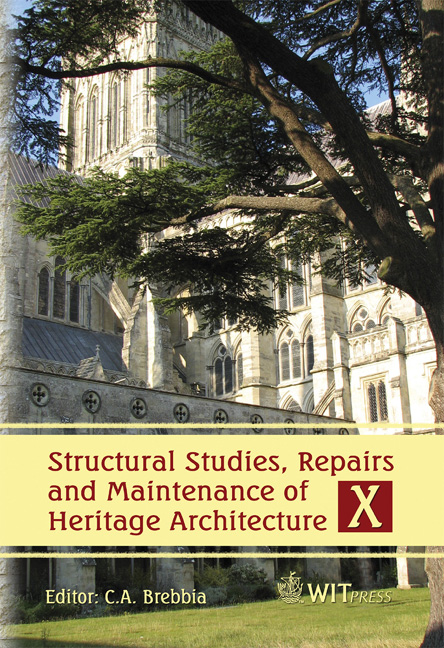Iron And Steel Varieties Between 1860 And 1914: Survey Of The Belgian Nomenclature
Price
Free (open access)
Transaction
Volume
95
Pages
11
Published
2007
Size
1,350 kb
Paper DOI
10.2495/STR070251
Copyright
WIT Press
Author(s)
M. de Bouw1, I. Wouters1, J. Vereecken2 & L. Lauriks1
Abstract
Iron has been known for many centuries. In the course of the 19th century, the metal production methods evolved quickly, which resulted in many different varieties of iron and steel being in use during the same period. Unfortunately, when turning to historic literature, the nomenclature used to designate the type of iron or steel and the corresponding properties are far from uniform and clear. This paper discusses the development during the period 1860-1914, as during this time many different metals were used simultaneously. The research focuses especially on the situation in Belgium, as it is particularly interesting due to the Flemish-French linguistic problem and the clash of the English, French and German influences. The paper provides an overview of the original French and English nomenclature. By highlighting common misunderstandings, the relevance for today’s practice is illustrated. Keywords: iron, steel, terminology, nomenclature, survey, Belgium, French, English. 1 Introduction Past research has revealed serious shortcomings concerning the terminology and properties of ancient structural ferrous-metals. When reading historic steel manuals, one finds many terms referring to the different iron and steel varieties. Between 1860 and 1914, ferrous-metals in the building industry evolved quickly. A vast range of ferrous-metals with widely divergent characteristics was
Keywords
iron, steel, terminology, nomenclature, survey, Belgium, French, English.




